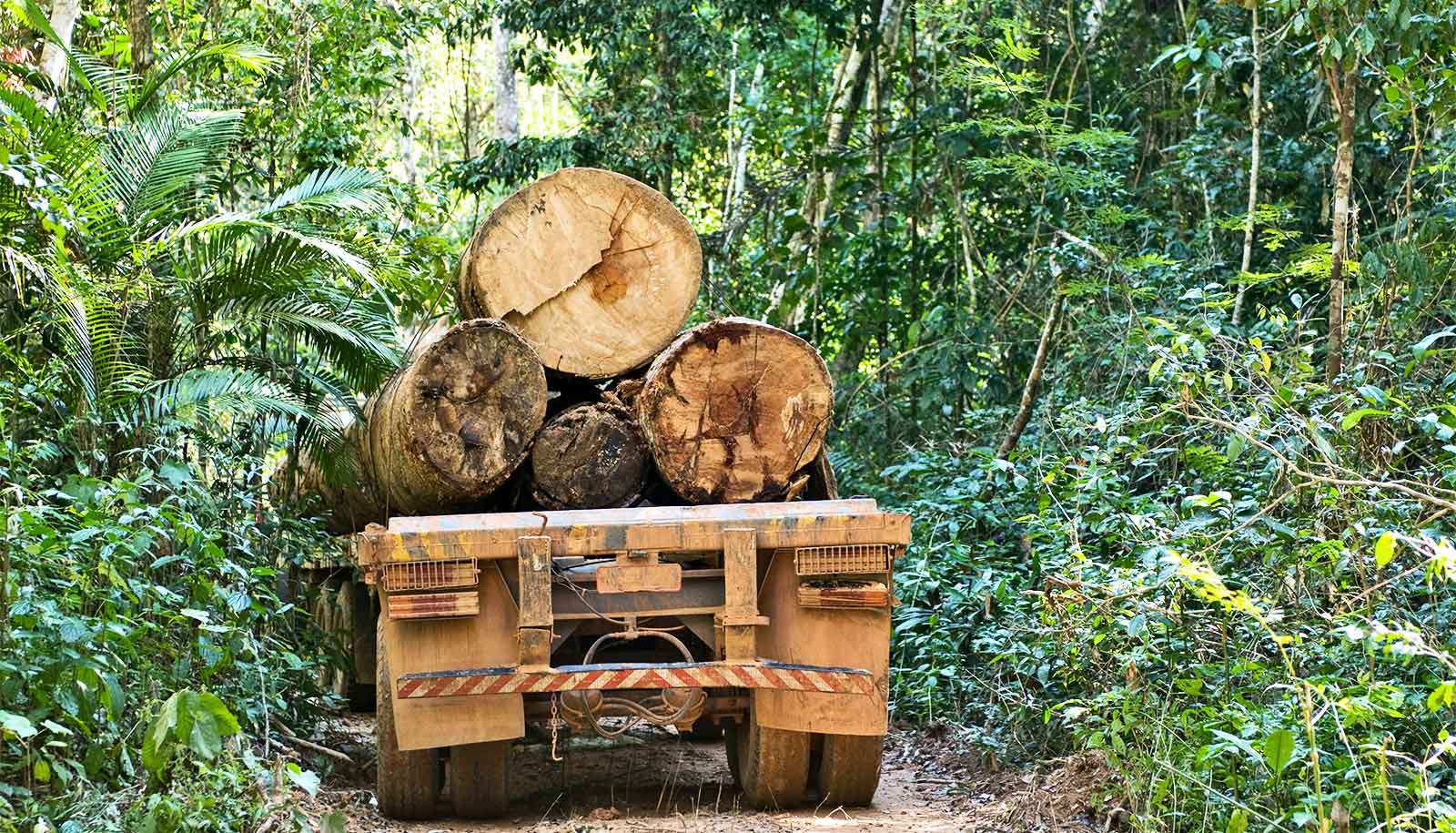Almost 40% of global land plant species are very rare, and these species are most at risk for extinction as the climate continues to change, according to new research.
“When talking about global biodiversity, we had a good approximation of the total number of land plant species, but we didn’t have a real handle on how many there really are,” says lead author Brian Enquist, University of Arizona professor of ecology and evolutionary biology.
Researchers worked for 10 years to compile 20 million observational records of the world’s land plants. The result is the largest dataset on botanical biodiversity ever created. The researchers hope this information can help reduce loss of global biodiversity by informing strategic conservation action that includes consideration of the effects of climate change.
They found that there are about 435,000 unique land plant species on Earth.

“That’s an important number to have, but it’s also just bookkeeping. What we really wanted to understand is the nature of that diversity and what will happen to this diversity in the future,” Enquist says. “Some species are found everywhere—they’re like the Starbucks of plant species. But others are very rare—think a small standalone café.”
Enquist and his team revealed that 36.5% of all land plant species are “exceedingly rare,” meaning they have been observed and recorded less than five times ever.
“According to ecological and evolutionary theory, we’d expect many species to be rare, but the actual observed number we found was actually pretty startling,” he says. “There are many more rare species than we expected.”
The researchers also found that rare species tend to cluster in a handful of hot spots, such as the Northern Andes in South America, Costa Rica, South Africa, Madagascar, and Southeast Asia. These regions, they found, remained climatologically stable as the world emerged from the last ice age, allowing such rare species to persist.
But just because these species enjoyed a relatively stable climate in the past doesn’t mean they’ll enjoy a stable future. The study also shows that these hot spots of very rare species are projected to experience a disproportionally high rate of future climatic changes and human disruption, Enquist says.
“We learned that in many of these regions, there’s increasing human activity such as agriculture, cities and towns, land use and clearing. So that’s not exactly the best of news,” he says. “If nothing is done, this all indicates that there will be a significant reduction in diversity—mainly in rare species—because their low numbers make them more prone to extinction.”
And it’s these rare species that science knows very little about.
By mapping where these rare species occur, “this work is better able to highlight the dual threats of climate change and human impact on the regions that harbor much of the world’s rare plant species and emphasizes the need for strategic conservation to protect these cradles of biodiversity,” says Patrick Roehrdanz a coauthor on the paper and managing scientist at Conservation International.
The findings appear in Science Advances.
Support for the research came from Conservation International and the National Science Foundation. The Spatial Planning for Area Conservation in Response to Climate Change project, which the Global Environment Facility funded, also contributed to the research.
Source: University of Arizona



